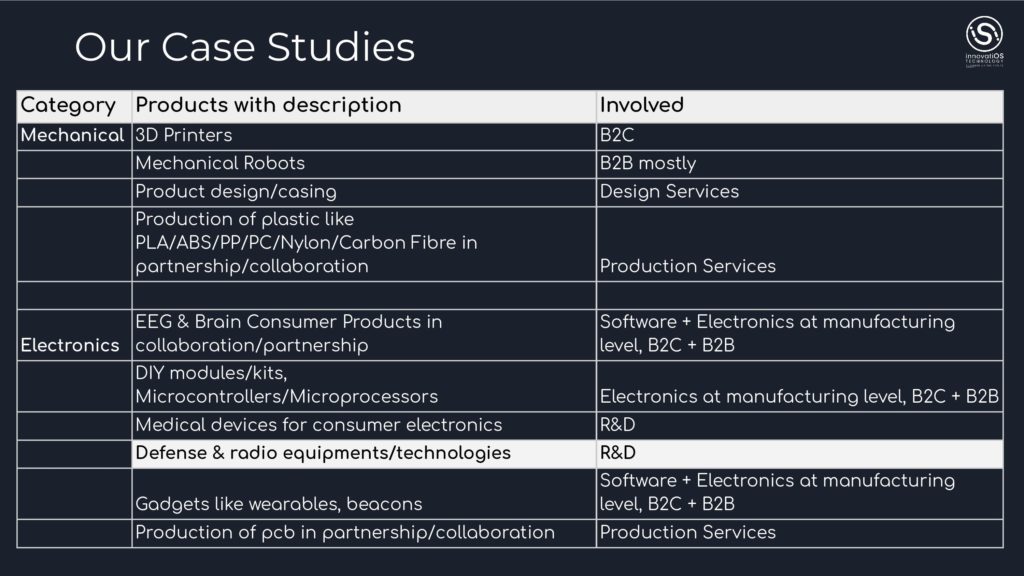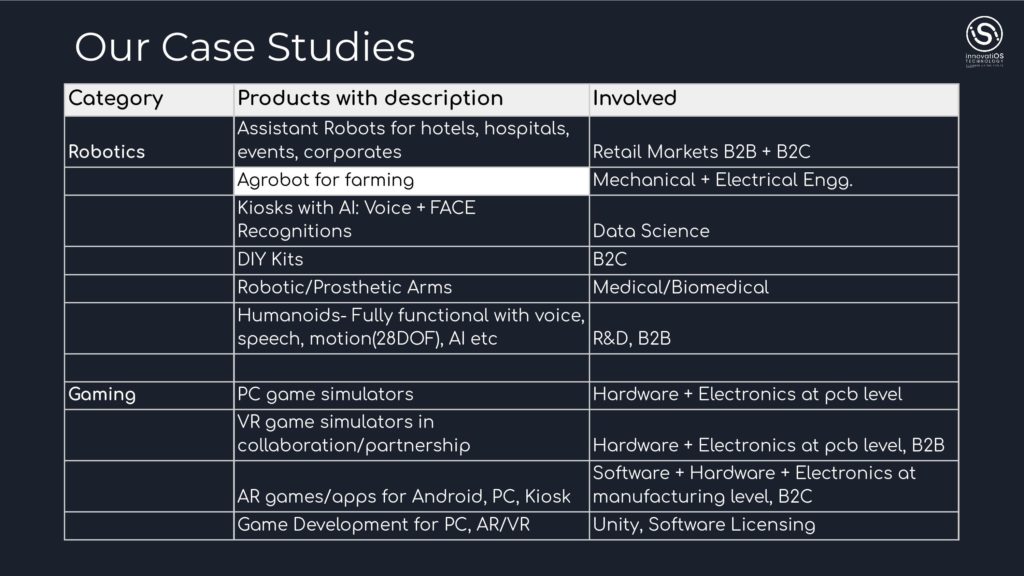I know what Bluetooth is, but what’s BLE?
Bluetooth Low Energy is also a Wireless Personal Area Network (WPAN), just like Bluetooth. The difference lies in the purpose of both the technologies. Bluetooth usage is centered around continuous and large data exchange at close range, while BLE applications are those that require periodic data transfer, thus prioritizing battery life over speed.
Presentation
Inquiry
BLE operates in the 2.4 GHz ISM band. The framework has 40 2 MHz-wide communication channels. Of these, 3 are primary and the rest are secondary channels. Communication starts with primary channels before offloading to secondary channels. BLE also works well in conjunction with BLE beacons, which are radio transmitters that broadcast an ID number through BLE channels in a particular range. When an app on a Bluetooth enabled device picks up this ID number, it performs the action intended by the signal, such as showing content relevant to the broadcaster.
Why BLE?
With low power consumption, a long battery life, different chipsets tailored for specific purposes (standalone BLE technology for cost efficiency; dual-mode technology with both Classic Bluetooth and BLE for greater compatibility), BLE is well-placed for a myriad of applications.
Wearable Devices
Temperature and Humidity monitoring, Smart wearable devices, Patient trackers
Asset tracking
Monitoring of Water, Electricity, Fuel, Waste level
Security
Smart Lighting, Radioactivity Measurement
Agriculture
Tracking Animals, Monitoring crop growing conditions
Applications and future prospects
-
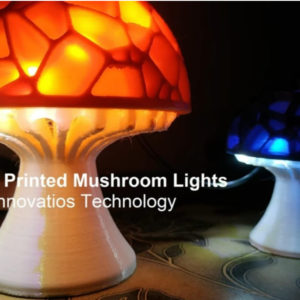
3D Printed Mushroom Lights | Red | Orange | Blue | Custom Dimensions
-
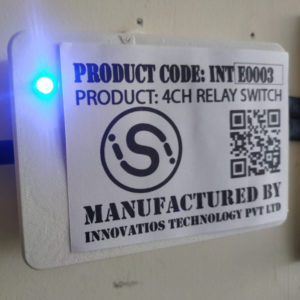
4CH Relay Switch Device- WiFi App
-
Sale!
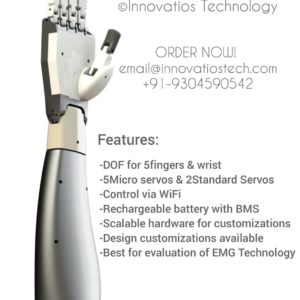
7DOF Robotic ARM
Original price was: ₹66,000.00.₹49,000.00Current price is: ₹49,000.00. -
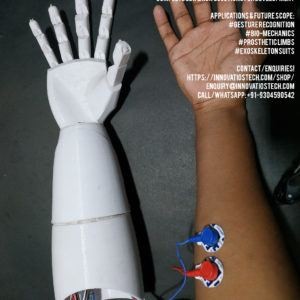
EMG Kit & 7DOF Robotic Arms
-

GestureBot IMU(Accelerometer+Gyroscope) Omni Wheels
-
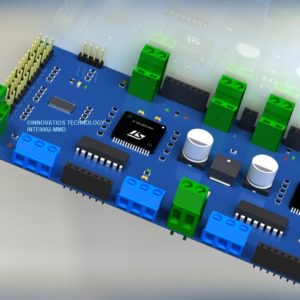
Master Motor Driver-MMD
-

Object Dimension Detector | Raspberry Pi | Python | OpenCV | Camera

